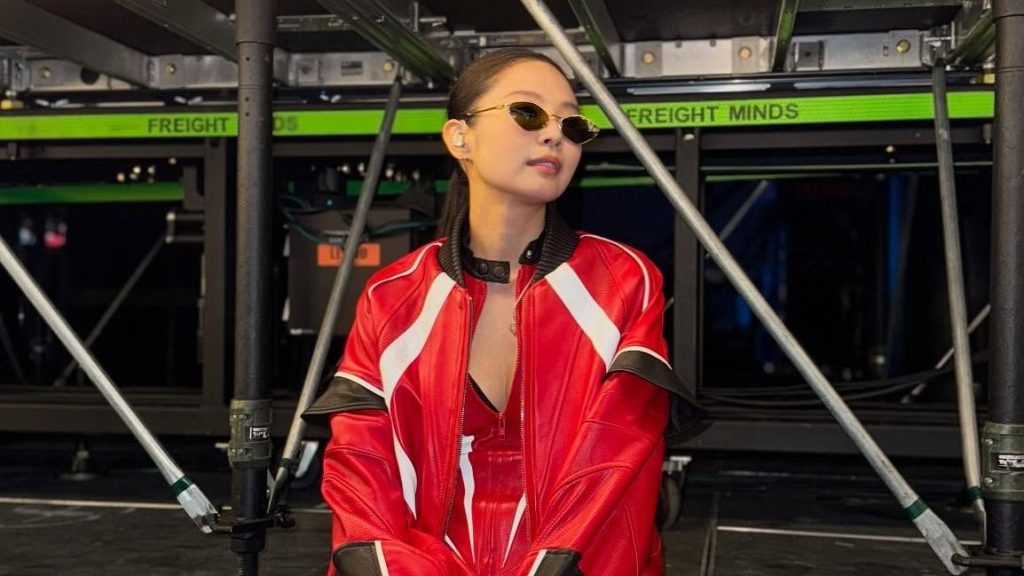Fashion’s power axis has shifted eastward, and Seoul is calling the shots. While Paris clings to its couture mystique and Milan polishes its leather goods legacy, the most electrifying style conversations are unfolding in Korea. Today, it reverberates through the neon-lit streets of Gangnam, the indie boutiques of Hongdae, and the avant-garde corridors of Itaewon. What was once an emerging market has crystallised into fashion’s fifth cardinal direction, with Seoul claiming its rightful place among the world’s definitive style capitals. In this new ecosystem, K-Pop’s icons aren’t just sporting trends, they’re engineering the future of how we dress.
Deconstructing Seoul’s style DNA
What makes Korean street style so addictive isn’t its adherence to trends – it’s the complete disregard for them. The Seoul fashion philosophy operates on controlled chaos: proportions that shouldn’t work but absolutely do, colours that clash in the most harmonious way, and an almost architectural approach to layering that turns the body into a living sculpture. K-Pop has become the unlikely catalyst for this aesthetic revolution, with idols like G-Dragon pioneering gender-fluid silhouettes and Lisa normalising the art of high-low mixing, transforming what was once considered “too much” into the gold standard of cool.
Take the current obsession with “ugly” footwear. While the West is still catching up to chunky sneakers, Seoul’s fashion-forward are already three steps ahead, pairing sneakers with flowing hanbok-inspired midi dresses or rocking platform Mary Janes with perfectly tailored wide-leg trousers. This fearless juxtaposition – popularised by idols who routinely mix Versace with vintage finds on red carpets – creates visual tension that’s impossible to ignore and has redefined what constitutes elevated dressing.
The colour palette has evolved beyond the monochrome minimalism that once defined Korean aesthetics, largely thanks to K-Pop’s theatrical approach to visual storytelling. Today the city’s street style embraces a more maximalist approach – electric blues crash into fuchsia pinks, while butter yellows dance with deep forest greens. It’s a fearless command of colour, born from a generation raised on music videos where clashing prints and neon brights defined the aesthetic, crafting a visual language that moves effortlessly from stage to street.
The influence economy

